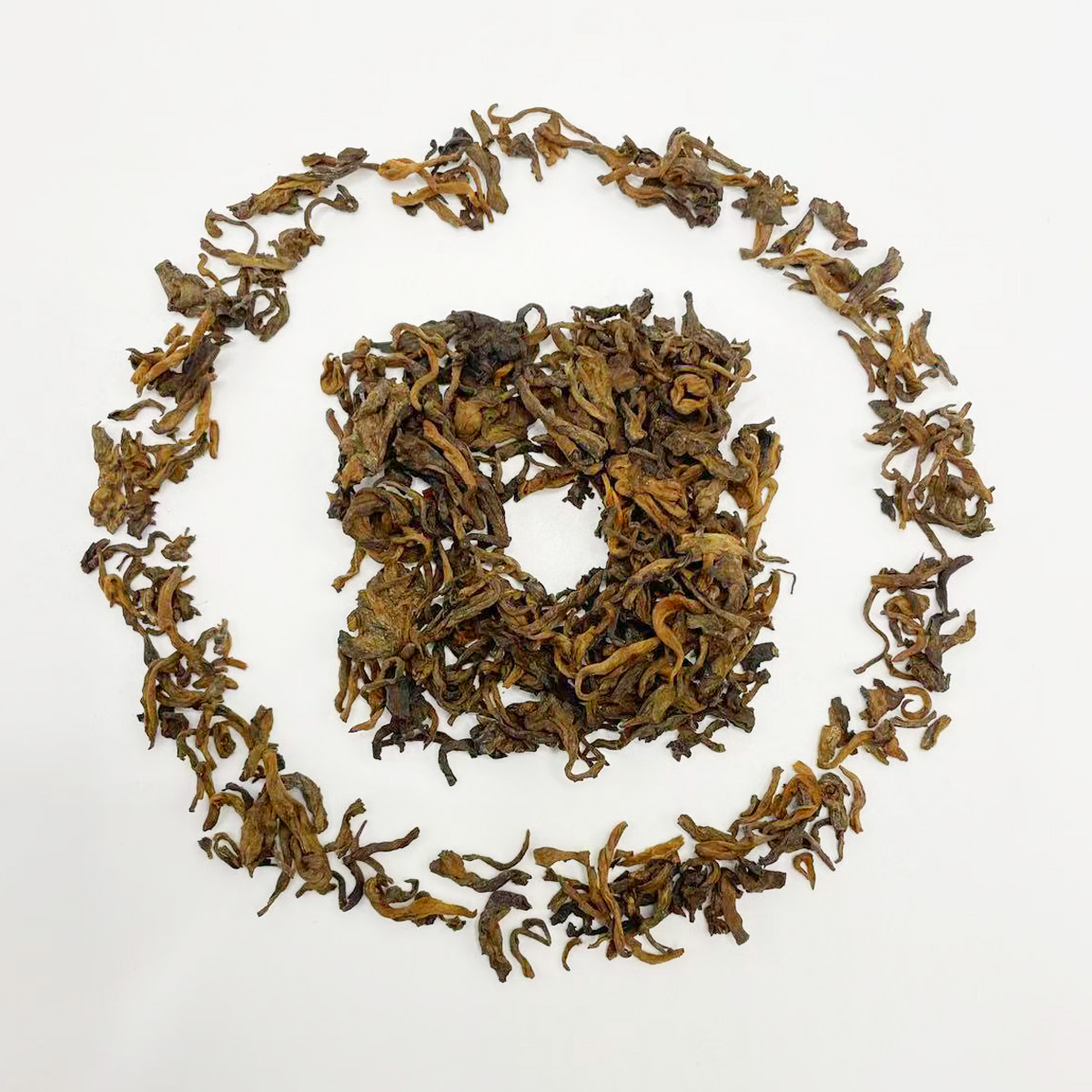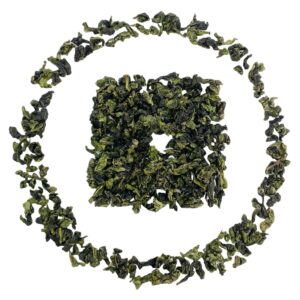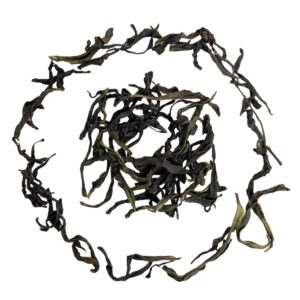Description
Pu’er Tea: An Indispensable Part of China’s 5,000-Year Cultural History
The history of Pu’er tea dates back to the Eastern Han Dynasty (25-220 AD), when ancient inhabitants of Yunnan began harvesting wild tea leaves.
During the Tang, Song, and Yuan dynasties, Pu’er tea became a vital medium for frontier governance through the “Tea-Horse Trade” with Tibet and other regions. In the Yuan Dynasty, Mongolians introduced Pu’er tea to Russia, marking the start of its international journey.
By the Yongzheng era (1729) of the Qing Dynasty, imperial tribute tea fields were established, elevating Pu’er tea to royal tribute status and its golden age. The Qianlong-era plaque “Tribute to the Heavenly Dynasty” affirmed its prestige, while the Tea Horse Road trade flourished, exporting it to Tibet, Southeast Asia, and Europe.
Pu’er tea’s post-fermentation特性 grants it the “more aged, more fragrant” quality. Qing royalty regarded it as “drinkable antique,” and today it symbolizes both consumption and collectible value.
Traditional Chinese medicine credits Pu’er with “aiding digestion and cutting greasiness,” while modern studies confirm its lipid-lowering and antioxidant effects. This health legacy secures its unique role in contemporary tea culture.
The craftsmanship of Pu’er (tribute tea) is a National Intangible Cultural Heritage. In 2022, UNESCO inscribed it on its Representative List of the Intangible Cultural Heritage of Humanity.
“2015 Iceland Ancient Tree Pu-erh: A Decade of Silent Alchemy”
“Rare 10-Year-Aged Pu-erh from 300-Year-Old Trees – Sip the Soul of Pristine Forests”
“Why Iceland Ancient Trees Define Excellence”
300-Year Roots: Handpicked from Yunnan’s protected “Iceland” tea forests (Bingdao), where mineral-rich soil and alpine mists create unparalleled leaf density.
Slow Fermentation: 60-day microbial aging in bamboo baskets, followed by 9 years of cave storage for velvety smoothness.
Eco-Purity: Zero pesticides, with lab-tested heavy metal-free results.

Health Benefits
Gut Health: Probiotics from fermentation + tea polyphenols aid digestion and microbiome balance.
Antioxidant Rich: Lab-certified 45% higher polyphenols than standard pu-erh, combating free radicals.
Stress Relief: Theanine promotes calm focus – perfect for meditation or creative work.
Pu’er Tea Brewing Method:
Water Temperature: Use 100°C boiling water, preferably mountain spring water.
Teaware: White porcelain gaiwan/purple clay teapot/Nixing pottery (recommended), fairness cup, and tasting cup.
Tea Quantity: 7-10 grams (adjust according to personal taste preference).
Rinsing: Quickly pour boiling water to fill, then pour out within 5 seconds (rinse 1-2 times).
Brewing: For the first 3 infusions, steep for 5 seconds after adding water, then increase steeping time by 5 seconds for each subsequent infusion. Can be brewed over 10 times.
Awakening: Aged tea requires awakening to remove storage odors. Place the tea leaves on a tea tray and let rest for 30 minutes before brewing for better flavor.













